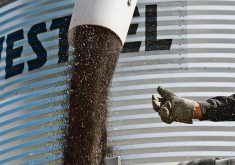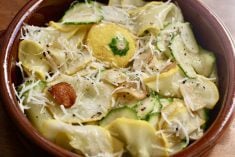The venture began with the planting of haskap berry bushes and culminated with the purchase of a jam-making business
When Joyce and Doug Livingston went looking for fruit trees to plant in their yard they never dreamed they’d own a fruit-processing business.
Originally looking for blueberry bushes to have fresh fruit, Joyce bought one haskap bush, planted it in her yard and then forgot the name of the fruit. Eventually figuring out the bush she planted was haskap, she spent the winter researching the winter-hardy fruit that looks like an elongated blueberry.
The more they researched, the better they liked the idea of planting haskap berries. The couple attended conferences at the University of Saskatchewan and in 2017 planted 1,000 haskap bushes on a small two-acre, hard-to-access part of a field.
“We did it the right way. We actually went to the conferences and met people and learned about the fruit and had a chance to try a few different varieties,” said Joyce.
The following year the couple approached their neighbours, Sam and Paulette Crampton, about buying the fruit from the bushes. Thirty years earlier the Crampton’s started Crampton’s Manitoba Maid, a jam-making company to sell their excess fruit. Instead of buying the Livingstons’ fruit, the Cramptons asked if they wanted to buy the established business.
“They turned the tables on us,” said Doug and a week later they agreed to the sale.
“We were quite enthused about it,” said Joyce. “We both needed post-retirement jobs. This turned out to be more full time than part-time retirement.”
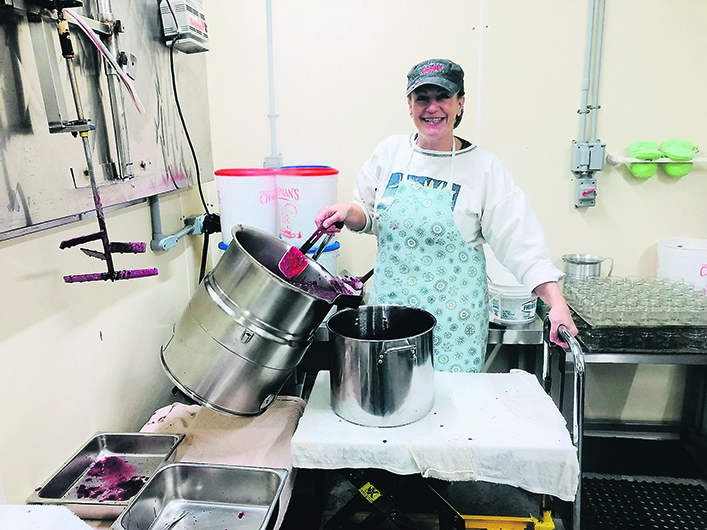
After 30 years as a rehabilitation assistant, Joyce was about to retire and Doug and his brother were also wrapping up their farming career. Doug graduated from the University of Manitoba with a Diploma in Agriculture and farmed for 48 years with his family.
“We were looking for something else to do. It was a good fit,” said Joyce of Starbuck, Man.
Joyce retired from her job at the end of March and a month later began making jams and jellies under the direction of the Cramptons until August. By the end of September Joyce and Doug had total control of the reins.
“When we bought the business in 2018 they already had 20 years of their product being on the shelf. When we bought the business it was doing very well. It was well established. For the most part we have taken their supply chain and made it ours. It was already a successful business,” said Joyce.
“You knew it was going to do well if you put the work in. It is not hard to keep a good business going, just a lot of work,” said Joyce.
While Doug doesn’t do the cooking, he helps with the processing, prep work to get the jams, jellies and syrups made and other jobs around the kitchen. He helps set up the glass jars, disinfects and helps prepare the fruit for the two days of jam making. The couple make 60 to 70 cases of 12 jars each day during their jam-making days.
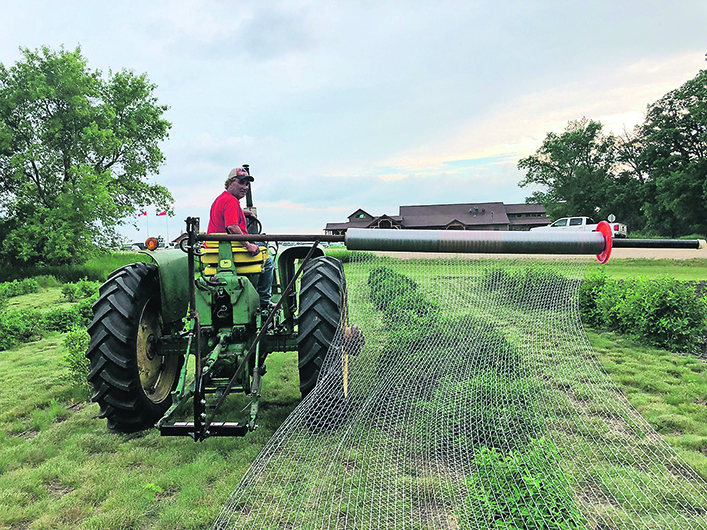
“It is a lot of work to clean and sterilize and clean up after. It is a full 10-hour day every time, sometimes 12 hours. It is pretty full days,” said Doug, who also delivers the product to stores.
While a lot of the fruit is bought from Manitoba suppliers already picked, the family still needs to pick their own fruit for processing. Crabapples, haskaps, rhubarb and other fruit need to be picked and processed, ready for freezing or turned into jam.
“If you are related and in the neighbourhood you will be part of the gathering crew,” said Joyce.
The 36 different products are sold at 70 retailers across the province from traditional grocery stores to boutique shops, gift stores and summer markets. Tourists buy a lot during the summer, but locals who grew up with homemade jam also buy the unique product.
“It is a Manitoba product. Some of these products we make you can’t really get anywhere else. You are not going to get chokecherry jelly in the store,” she said.
A common comment is that the jam tastes the way Mom and Grandma made it.
“It is true,” said Joyce. “It is fruit and a whole lot of sugar and some pectin and made with love and put in a jar by hand. That is our product. Truthfully it is a lot of work. If you can find something that tastes just like your mom made and you don’t have to make it, then it is not a hard sell.”
“It still surprised me how well the business does. It is a higher-priced product. You can buy jam from Smucker’s or Kraft. Yet it is nice to see people spending their money on something they really like and it is worth it to them.”
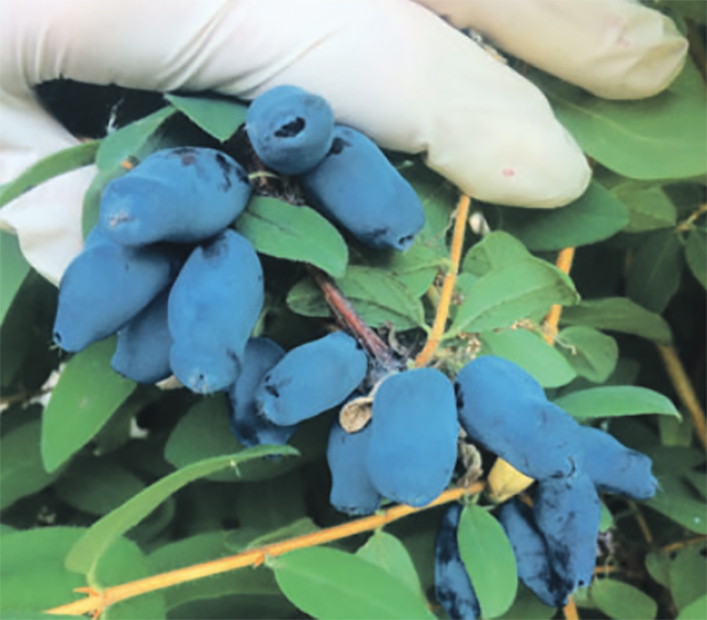
While farming and making jam are quite different, there are some similarities, said Doug, including dealing with the weather.
“Being a farmer, you are always weather dependent. That is the similarity in the fruit business. On certain years the frost will hit Pembina plums or frost will hit sour cherries and you must go to plan B or C. Two years ago there were no sour cherries in Manitoba. Last year was a disaster for strawberries in Manitoba because of drought. We still had some of the weather woes in this business,” he said.
The couple believe they have made the transition from health care and farming to jam making well. The hours are long, and COVID-19 has created some supply chain issues, but the decision to buy the established business was a good move.
“I think we are getting into a groove now,” she said.





